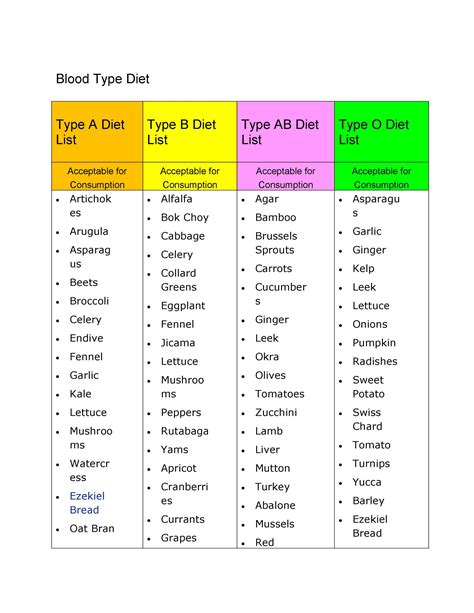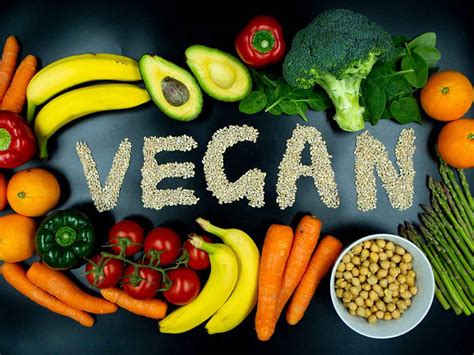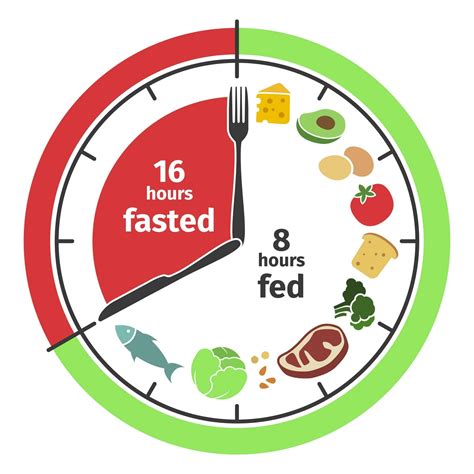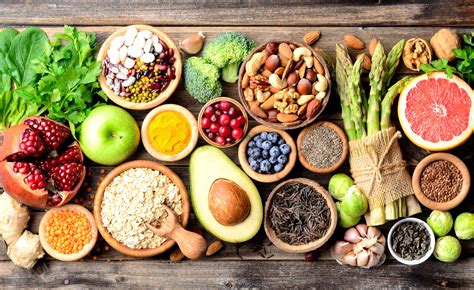Discover the history, principles, benefits, and allowed foods of the Macrobiotics Diet. Learn how to get started with this holistic dietary approach.
History of Macrobiotics Diet
Contents
Macrobiotics diet has a rich history that dates back to ancient times. The concept of macrobiotics can be traced to the teachings of Hippocrates, the father of Western medicine, who emphasized the importance of a balanced diet for overall well-being. The term macrobiotics itself was popularized by a Japanese philosopher named George Ohsawa in the 20th century. Ohsawa developed the modern macrobiotic diet based on the principles of traditional Japanese and Chinese medicine.
The foundations of macrobiotics can also be found in the work of Sagen Ishizuka, a Japanese army doctor who, in the early 20th century, developed a dietary approach to treat his own illness. He later went on to establish the modern macrobiotic movement in Japan. Ishizuka’s teachings were further developed and popularized by his disciple, Michio Kushi, who brought macrobiotics to the Western world in the 1960s.
Throughout history, the macrobiotic diet has been influenced by various cultural and philosophical traditions, including Zen Buddhism and traditional Chinese medicine. Over time, it has evolved into a holistic approach to health and wellness, focusing on the balance and harmony of food, lifestyle, and the environment.
Today, the macrobiotic diet continues to thrive as a lifestyle choice for many individuals seeking to improve their overall health and well-being. Its rich history and diverse influences have contributed to its enduring appeal and relevance in the modern world.
Key Principles of Macrobiotics Diet
Balance and Harmony: One of the key principles of macrobiotics diet is achieving balance and harmony in every aspect of life, including food choices. This principle emphasizes the consumption of natural, whole foods that are in balance with the yin and yang energies. The goal is to create a sense of equilibrium within the body and mind.
Local and Seasonal: Another important principle of macrobiotics diet is the emphasis on consuming locally sourced and seasonal foods. This not only supports sustainable agriculture but also ensures that the body is receiving the most fresh and nutrient-dense foods available.
Mindful Eating: Macrobiotics diet places a great deal of emphasis on mindful eating, which involves being fully present and aware of the eating process. This includes chewing food thoroughly, eating in a calm environment, and being grateful for the nourishment being received.
Plant-based Diet: The macrobiotics diet is primarily plant-based, with a focus on whole grains, vegetables, beans, and sea vegetables. Animal products, processed foods, and refined sugars are limited or eliminated, in order to promote a diet that is high in fiber, vitamins, and minerals.
Benefits of Macrobiotics Diet
Benefits of Macrobiotics Diet
The macrobiotic diet has gained popularity in recent years due to its potential health benefits. This plant-based diet focuses on consuming whole grains, vegetables, and beans, while avoiding processed foods, animal products, and highly acidic foods. By following the macrobiotic diet, individuals may experience a range of health benefits, including improved digestion, increased energy levels, and reduced risk of chronic diseases.
One of the key benefits of the macrobiotic diet is its potential to support weight management. By emphasizing whole foods and eliminating processed foods, individuals may find it easier to maintain a healthy weight. The diet also encourages mindful eating practices, which can help individuals tune into their body’s hunger and satiety cues, leading to more balanced and mindful eating habits.
In addition to weight management, the macrobiotic diet has been associated with improved digestion and gut health. The emphasis on whole grains, vegetables, and fermented foods can help support a healthy gut microbiome, which is essential for optimal digestion and nutrient absorption. Many individuals report experiencing reduced bloating, gas, and digestive discomfort after adopting a macrobiotic diet.
Another potential benefit of the macrobiotic diet is its ability to support overall health and well-being. By focusing on whole, nutrient-dense foods, individuals may experience increased energy levels, improved mood, and enhanced mental clarity. The diet’s emphasis on balancing yin and yang foods is thought to promote a sense of harmony and balance within the body, contributing to overall well-being.
Overall, the macrobiotic diet offers a range of potential health benefits, from improved digestion and weight management to enhanced overall well-being. By prioritizing whole, plant-based foods and mindful eating practices, individuals may experience a positive impact on their health and quality of life.
Foods Allowed on Macrobiotics Diet
The Macrobiotics diet is a plant-based diet that emphasizes whole grains, beans, and fresh vegetables. It also includes small amounts of fish, nuts, seeds, fruits, and fermented foods. The foods allowed on this diet are those that are considered to be whole, natural, and unprocessed. This means avoiding highly processed foods, refined sugars, and artificial additives.
One of the key principles of the Macrobiotics diet is balancing the yin and yang energies in food. This means choosing foods that are energetically neutral or balancing, such as whole grains like brown rice and quinoa, beans and legumes, and a variety of vegetables.
Other foods allowed on the Macrobiotics diet include sea vegetables like nori, kombu, and wakame, which are rich in minerals and trace elements. Fermented foods like miso, tempeh, and pickles are also included, as they support gut health and digestion.
While the Macrobiotics diet focuses on plant-based foods, it does allow for some animal products in moderation. Small amounts of fish, especially those that are low in mercury and high in omega-3 fatty acids, are permitted. Nuts and seeds are also included for their healthy fats and protein content.
Overall, the foods allowed on the Macrobiotics diet are those that are nutrient-dense, whole, and in harmony with nature. By following this approach to eating, individuals can experience improved energy, digestion, and overall well-being.
Getting Started with Macrobiotics Diet
So you’ve decided to start a macrobiotics diet, but you’re not quite sure where to begin. The first step in getting started with this type of diet is to familiarize yourself with the key principles. The macrobiotics diet is centered around consuming whole, natural foods that are in harmony with the environment and promoting a balanced and mindful approach to eating.
Next, it’s important to understand the foods that are allowed on a macrobiotics diet. This includes plenty of whole grains, beans, vegetables, seaweed, and fermented foods. These should be the staple of your diet, with small amounts of fish, fruit, and nuts consumed occasionally.
Another key aspect of getting started with a macrobiotics diet is to educate yourself on the potential benefits. Many proponents of the macrobiotics diet claim that it can lead to improved digestion, increased energy levels, and better overall health. However, it’s important to remember that individual results may vary.
When starting a macrobiotics diet, it’s also important to be mindful of your cooking methods. Steaming, boiling, and pressure cooking are common cooking methods used in macrobiotics, while microwaving and frying should be avoided. Additionally, it’s essential to pay attention to portion sizes and to eat slowly and mindfully.
Finally, remember that getting started with a macrobiotics diet is a journey, not a destination. Be patient with yourself as you adjust to a new way of eating, and don’t be afraid to seek guidance from a qualified macrobiotics practitioner or nutritionist if needed.












